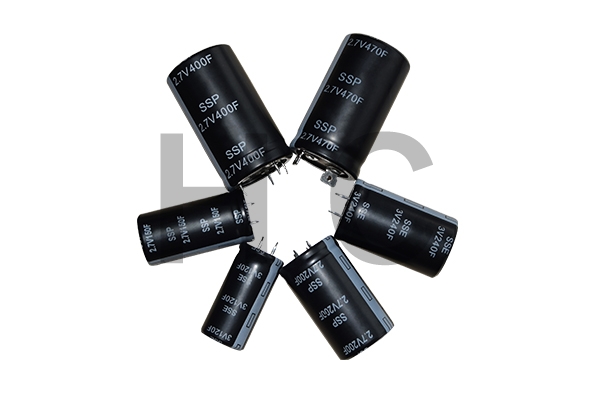Supercapacitors are mainly used in two types of energy storage markets: the automotive and stationary energy storage markets dominated by lead-acid battery stations and the consumer electronics market dominated by nickel and lithium batteries. In the field of new energy vehicles, supercapacitors can be used in conjunction with secondary batteries to achieve energy storage and battery protection. Usually supercapacitors are used in conjunction with lithium-ion batteries. The perfect combination of the two forms a power vehicle power supply with stable performance, energy saving and environmental protection, which can be used in hybrid vehicles and pure electric vehicles.

Supercapacitors are well suited for these two markets and have achieved tremendous growth in both markets. Rapid advances in technology and falling costs will allow it to establish itself as the fourth (or fifth) largest player in the energy storage device market. In mobile communication base stations, satellite communication systems, and radio communication systems, large pulse discharge power is required, and the high power output characteristics of supercapacitors can meet the power requirements of these systems.

In addition to the characteristics of high specific power and fast charging speed, supercapacitors also have at least a hundred times longer cycle life than chemical batteries, and can be charged and discharged millions of times, which can greatly save costs. Supercapacitors can also be used as starting devices in ventilation, air conditioning, water supply and drainage systems in the building sector. In addition, Farad capacitors can also be used in power stations, converters and railway systems, including electromagnetic valve control systems, power distribution panels switching on and off, railway turnout control devices, etc.
